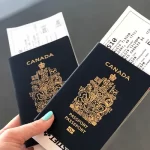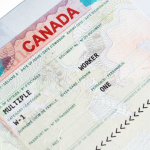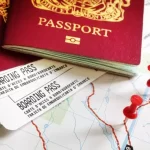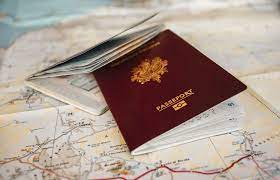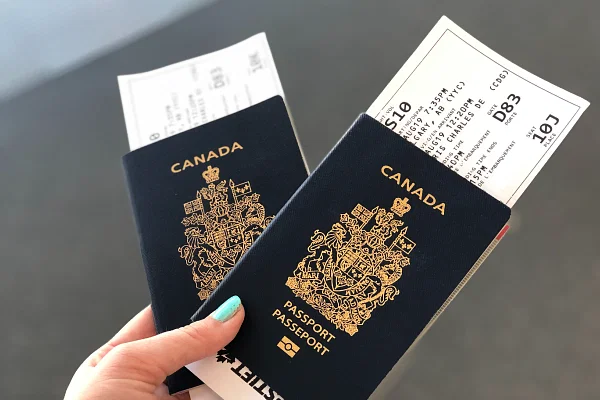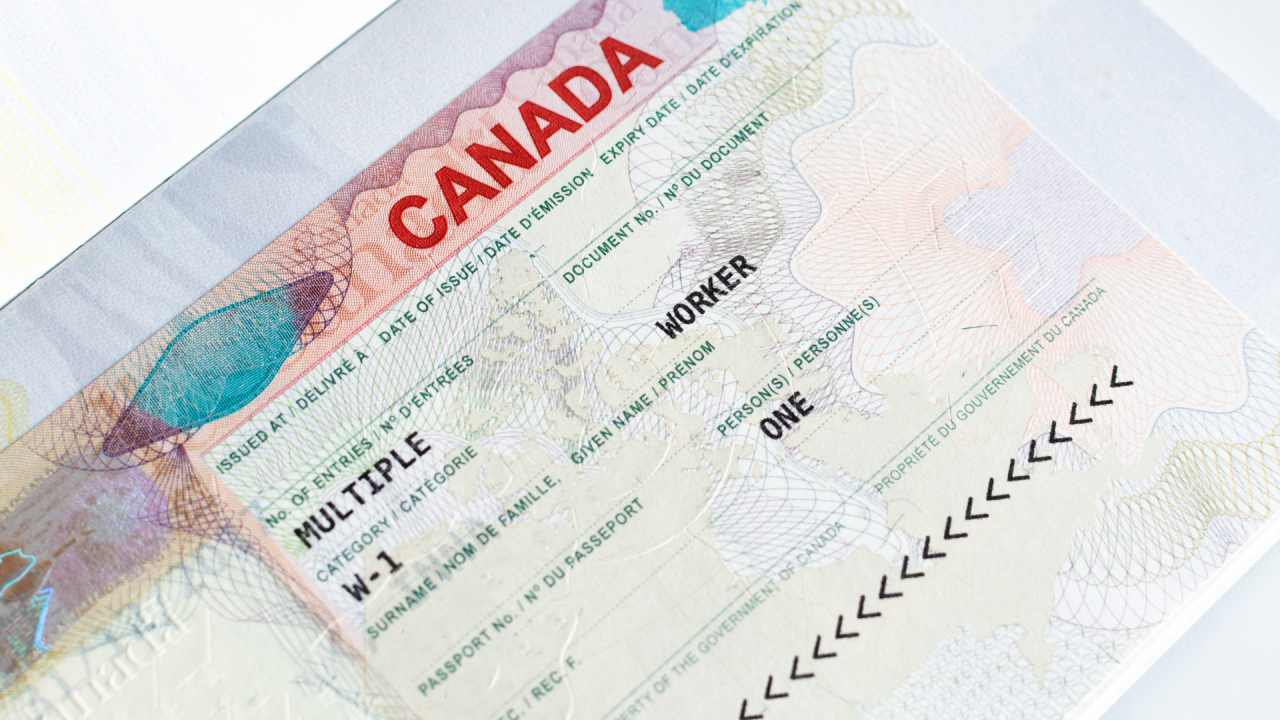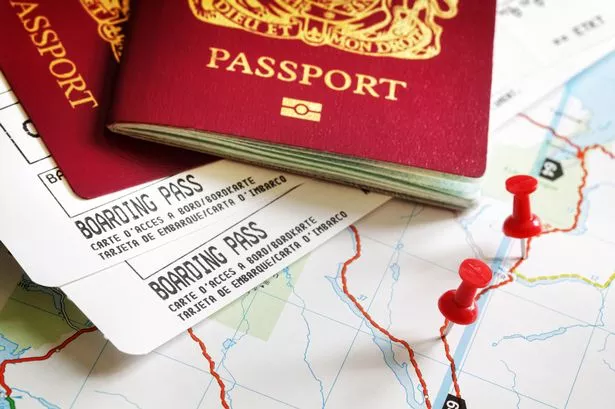Are you dreaming of experiencing the vibrant culture, rich history, and breathtaking landscapes of India? Well, we’ve all been there. But what if your Indian visa application gets rejected? Don’t despair just yet! In this comprehensive guide, we’re here to help you navigate through the maze of emotions and confusion that comes with a visa rejection. From understanding common reasons for rejections to exploring alternative options, we’ve got you covered. So grab a cup of chai and let’s dive into this essential guide on “What to Do If Your Indian Visa Gets Rejected.” INDIAN VISA REJECTED
Introduction: Why Indian Visas Get Rejected and the Importance of Proper Preparation
Introduction:
Applying for an Indian visa can be a daunting process, and unfortunately, many applicants face the disappointment of having their visas rejected. This can be frustrating and may even disrupt travel plans, but it’s important to understand why Indian visas get rejected and the significance of proper preparation in the application process.
Why do Indian Visas Get Rejected?
There are several reasons why an Indian visa may get rejected. One of the most common reasons is incomplete or incorrect information on the application form. It is crucial to carefully fill out all sections of the form and double-check for any errors before submitting it.
Another reason for rejection could be inadequate supporting documents. The Indian government requires specific documents depending on the type of visa being applied for, such as proof of accommodation, return tickets, or financial statements. Failure to provide these documents or providing incomplete or fraudulent ones can lead to rejection.
Additionally, failing to meet eligibility requirements is another common cause for visa rejections. These requirements vary based on the type of visa one is applying for and could include factors such as intended duration of stay, purpose of visit, and previous travel history. INDIAN VISA FOR IRELAND CITIZENS
The Importance of Proper Preparation:
Proper preparation is vital when applying for an Indian visa as it significantly increases your chances of approval. The following are some key points highlighting the importance of being well-prepared:
1. Avoiding Errors: As mentioned earlier, one major reason for visa rejections is errors on the application form. By thoroughly preparing beforehand and carefully filling out all sections
Common Reasons for Visa Rejection: Understanding the Process and Requirements
When planning to visit India, obtaining a visa is one of the most important steps in the process. However, there are times when your visa application may get rejected. This can be stressful and frustrating, especially if you have already made travel arrangements. To help ease any concerns or confusion you may have, this section will discuss some common reasons for visa rejection and provide insight on the overall process and requirements.
Understanding the Visa Application Process:
Before delving into the reasons for visa rejection, it is important to first understand the general process and requirements for obtaining an Indian visa. The first step is to determine which type of visa you need based on your purpose of travel (e.g. tourism, business, medical treatment). Once you have identified the appropriate category, you will need to fill out an online application form and pay the necessary fees.
After submitting your application, it will be reviewed by a consulate officer who has the authority to approve or reject your request. The decision is typically based on various factors such as your reason for travel, duration of stay, financial stability, criminal record (if applicable), and ties to your home country. It is also crucial to provide all required documents accurately and truthfully as any discrepancies or false information can result in rejection.
Common Reasons for Visa Rejection:
1. Incomplete or Incorrect Information: As mentioned earlier, providing incomplete or incorrect information can lead to immediate rejection of your visa application. Double-check all forms before submission and make sure all information matches what is stated in
Steps to Take if Your Indian Visa Gets Rejected: Appeal Process and Reapplying
If your Indian visa application has been rejected, it can be a frustrating and disappointing experience. However, all hope is not lost as there are steps you can take to appeal the decision or reapply for a visa. In this section, we will discuss the process of appealing a rejection and reapplying for an Indian visa.
Appeal Process:
1. Understand the reason for rejection: The first step in the appeal process is to understand why your visa was rejected. This information will be provided in the rejection letter sent by the Indian embassy or consulate. It could be due to incomplete documents, incorrect information, or failure to meet eligibility criteria.
2. Gather additional evidence: Once you know the reason for rejection, start collecting additional evidence that supports your application. For example, if your rejection was due to insufficient funds, gather bank statements or other financial documents that prove otherwise.
3. Prepare an appeal letter: Along with supporting evidence, you will need to prepare a well-written appeal letter explaining why you believe your visa should be approved. Be concise and address each point mentioned in the rejection letter.
4. Submitting an appeal: The process of submitting an appeal varies depending on where you applied for your visa. Generally, it involves filling out a specific form and submitting it along with your appeal letter and supporting documents within a specified time frame.
5. Wait for a response: The processing time for appeals can vary from several weeks to months depending on the volume of applications received by the embassy/consulate
Tips for a Successful Indian Visa Application: Dos and Don’ts
Applying for an Indian visa can be a daunting process, but following some simple dos and don’ts can greatly increase your chances of success. In this section, we will discuss the important things to keep in mind while filling out your Indian visa application.
Dos:
1. Start Early: The first and most important tip is to start the application process as early as possible. This will give you enough time to gather all the necessary documents, make any corrections if needed, and avoid last-minute rush.
2. Read the Requirements Thoroughly: Before starting your application, it is crucial to thoroughly read and understand the requirements for your particular type of visa. Each category has its own set of specific documents that need to be submitted, so make sure you have everything ready before beginning the application.
3. Provide Accurate Information: It is essential to provide accurate information in your application form. Any discrepancies or false information can result in rejection or delay of your visa processing.
4. Be Consistent with Your Information: Make sure that all the information provided in different sections of the application form matches with each other. Any inconsistency may raise doubts about the authenticity of your application.
5. Submit Clear and Legible Documents: All supporting documents should be clear, legible, and translated into English (if applicable). Faded or blurry documents may not be accepted by the consulate and can lead to rejection.
6. Follow Photograph Guidelines: Your
Conclusion
In conclusion, applying for an Indian visa can be a complex process and rejection is always a possibility. However, by following the tips and guidelines mentioned in this guide, you can increase your chances of success and avoid any potential mistakes. Remember to thoroughly review your application before submitting it, provide all necessary documents and information accurately, and have patience during the processing period. If your visa does get rejected, don’t lose hope as there are options available such as re-applying or appealing the decision. Stay informed about the latest updates on visa regulations and requirements to ensure a smooth application process. We hope this guide has been helpful in preparing you for your journey to India!






















